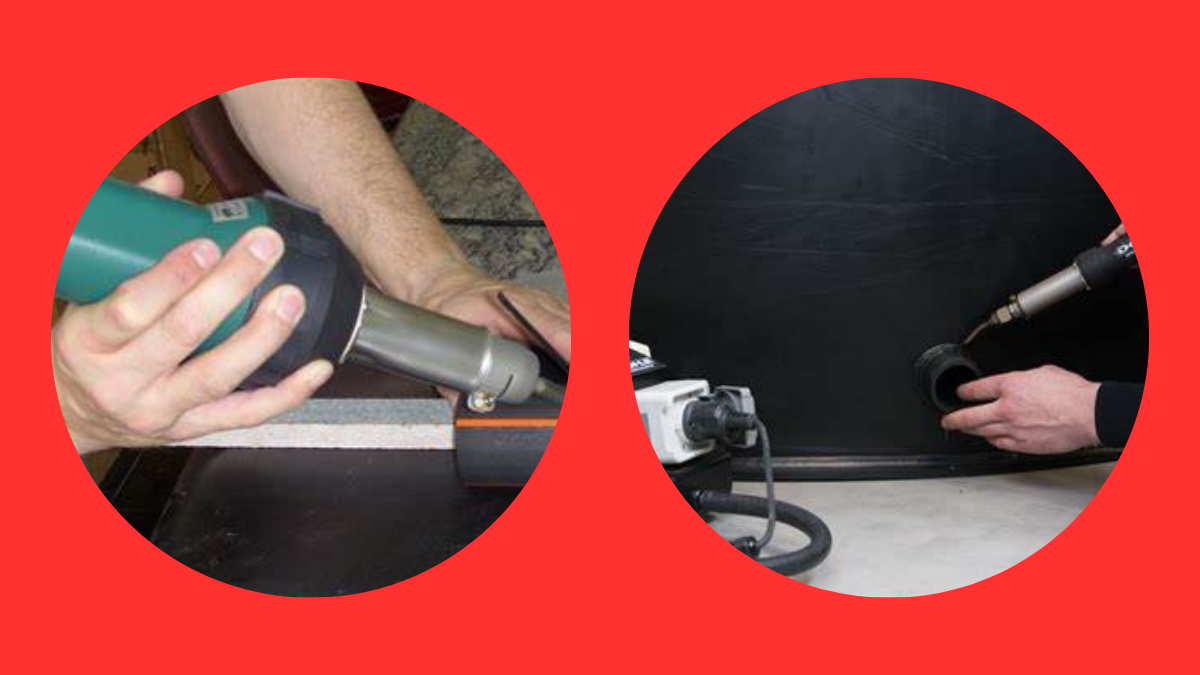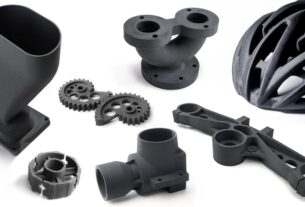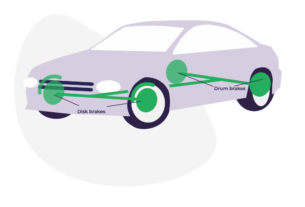If you’re a DIY enthusiast or a professional craftsman, chances are you’ve heard of hot air tools. These versatile and powerful tools can be used for a variety of tasks, from welding and soldering to paint stripping and plastic welding. But with so many different types of hot air tools on the market, it can be hard to know which one is right for your needs.
In this article, we’ll take a look at everything you need to know about hot air tools, including what they are, how they work, and the different types available. We’ll also discuss some tips for using these tools safely and effectively.
What Are Hot Air Tools?
Hot air tools are devices that produce a stream of hot air that can be used for various applications. These tools typically consist of a heating element that warms up the air as it passes through the tool’s nozzle. The heated air is then directed onto the surface being worked on, where it can be used to soften materials, remove paint or adhesives, or even melt plastic.
How Do Hot Air Tools Work?
Hot air tools work by using a heating element to warm up the air as it passes through the tool’s nozzle. This heated air is then directed onto the surface being worked on, where it can be used to soften materials or remove adhesives or coatings.
The temperature of the hot air produced by these tools can usually be adjusted to suit the specific application. For example, when working with delicate materials like plastics or fabrics, a lower temperature may be necessary to avoid melting or damaging the material.
Different Types of Hot Air Tools
There are several different types of hot air tools available on the market today. Each type has its own unique features and benefits that make it well-suited for certain applications.
1. Heat Guns
Heat guns are perhaps the most commonly used type of hot air tool. They are typically handheld devices that produce a stream of hot air when triggered. Heat guns are often used for tasks like paint stripping, thawing frozen pipes, or shrinking heat-shrink tubing.
Some heat guns may also come with additional features like variable temperature control, which can be useful when working with different types of materials.
2. Soldering Irons
Soldering irons are hot air tools that are designed specifically for soldering applications. They typically feature a pointed metal tip that is heated up to a high temperature, allowing it to melt solder and join two pieces of metal together.
Soldering irons may also come with additional features like adjustable temperature settings or interchangeable tips to make them more versatile.
3. Welding Guns
Welding guns are hot air tools that are used for welding applications. They typically use a high-powered stream of hot air to melt two pieces of plastic together, creating a strong bond between the two materials.
Welding guns may also come with additional features like adjustable temperature settings or different nozzle sizes to make them more versatile.
4. Plastic Welders
Plastic welders are similar to welding guns, but they are designed specifically for welding plastics together. These tools use a heated stream of air to melt the plastic and create a strong bond between the two pieces.
Plastic welders may also come with additional features like interchangeable nozzles or adjustable temperature settings to make them more versatile.
Tips for Using Hot Air Tools Safely and Effectively
While hot air tools can be incredibly useful devices, they can also be dangerous if not used properly. Here are some tips for using these tools safely and effectively:
1. Always wear protective gear, such as safety glasses and gloves, when using hot air tools.
2. Make sure you understand how your specific tool works before using it for the first time. Read the instructions carefully and follow all safety guidelines.
3. Use the appropriate temperature setting for the material you are working with. If in doubt, start with a lower temperature and work your way up.
4. Keep the tool moving constantly to avoid overheating or damaging the surface being worked on.
5. Avoid using hot air tools near flammable materials or in areas where there is a risk of fire.
6. Always unplug the tool when not in use, and store it in a safe place away from children and pets.
Conclusion
Hot air tools are versatile and powerful devices that can be used for a variety of applications. Whether you’re a DIY enthusiast or a professional craftsman, there’s likely a hot air tool that’s right for your needs.
By following the tips outlined in this article, you can use these tools safely and effectively to get the job done right. So next time you’re faced with a tough task, consider reaching for a hot air tool to make things easier and more efficient.
References:
https://en.wikipedia.org/wiki/Heat_gun
https://www.bosch-professional.com/gb/en/products/gfh-600-3-hot-air-gun-0601949142
https://solderingironguide.com/
https://www.lincolnelectric.com/en-us/equipment/welders/Pages/plastic-welding-equipment.aspx




